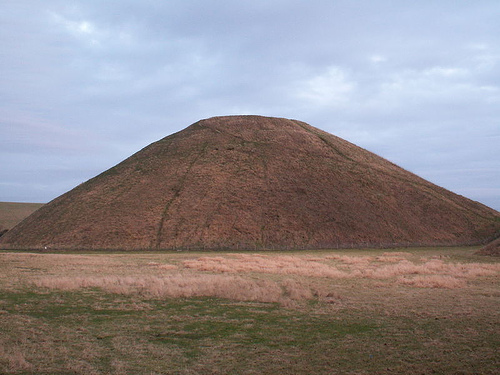Excerpts from an eighth-grade final exam, Salina, Kansas, 1895:
- Write a composition of about 150 words and show therein that you understand the practical use of the rules of grammar.
- A wagon box is 2 ft. deep, 10 feet long, and 3 ft. wide. How many bushels of wheat will it hold?
- District No. 33 has a valuation of $35,000. What is the necessary levy to carry on a school seven months at $50 per month, and have $104 for incidentals?
- Find the interest of $512.60 for 8 months and 18 days at 7 percent.
- Write a Bank Check, a Promissory Note, and a Receipt.
- Show the territorial growth of the United States.
- What is meant by the following: Alphabet, phonetic orthography, etymology, syllabication?
- What are the following, and give examples of each: Trigraph, subvocals, diphthong, cognate letters, linguals?
- Name and describe the following: Monrovia, Odessa, Denver, Manitoba, Hecla, Yukon, St. Helena, Juan Fermandez, Aspinwall and Orinoco.
- Name and locate the principal trade centers of the U.S.
- Describe the movements of the earth. Give inclination of the earth.
Students were actually allowed to take it in seventh grade, and retake it in eighth grade if they didn’t pass.



